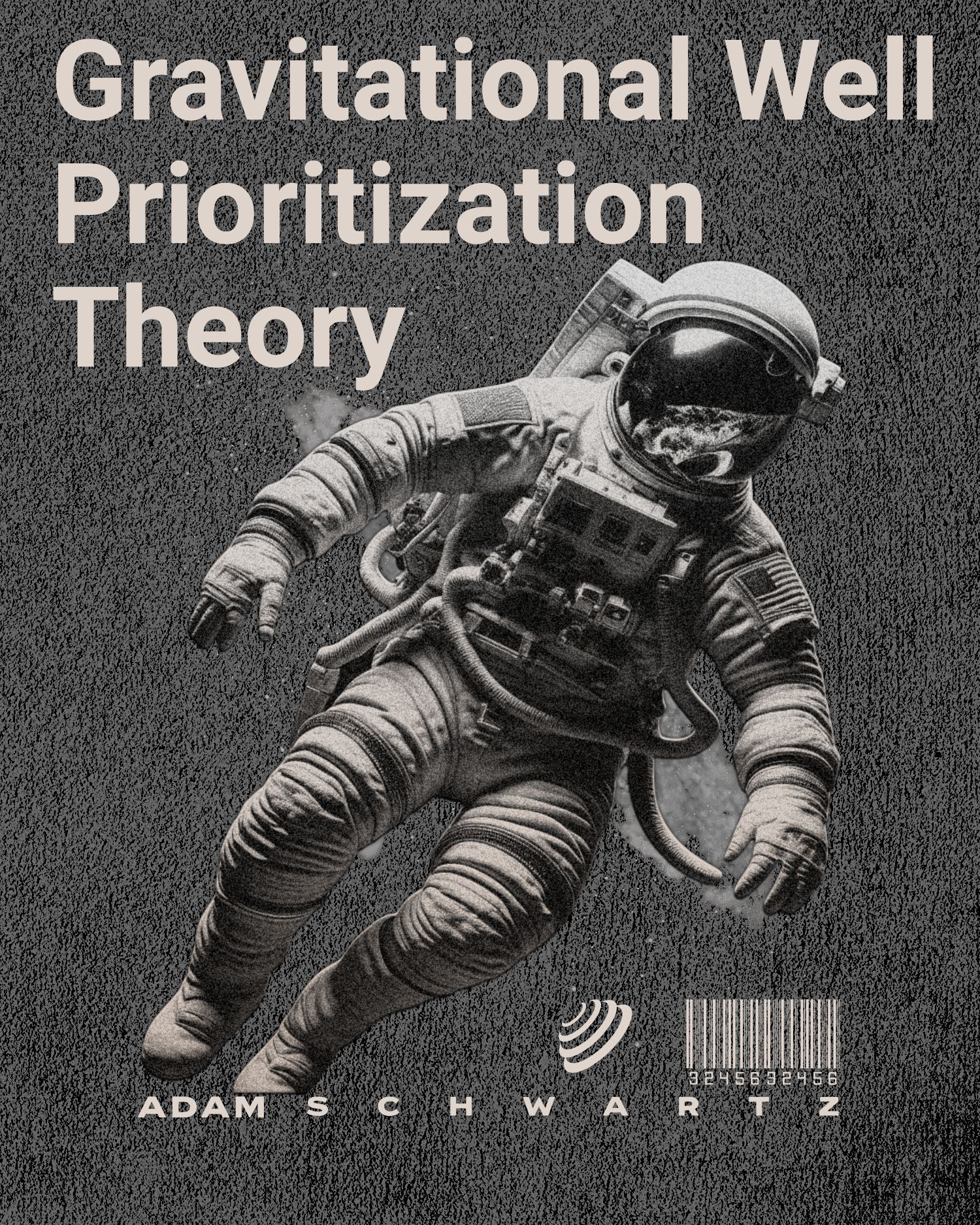Mismanagement of Mental Health Funding by the Department of Veterans Affairs
At TWO BLACK RAVENS FOUNDATION, we take a fundamentally different approach from the VA and DoD in addressing the mental health needs of veterans. Our mission is not only to provide art therapy support but to ensure that resources are utilized effectively to yield tangible results. Unlike the VA and DoD, we focus on personalized care, community engagement, and innovative partnerships to fill the gaps left by traditional methods.
Our foundation emphasizes a holistic and individualized approach, recognizing that each veteran's needs are unique. By partnering with local nonprofits, mental health professionals, and community organizations, we create a network of support that is both accessible and effective. This collaborative model allows us to provide timely interventions and continuous support, ensuring that no veteran falls through the cracks. Our efforts are driven by a commitment to transparency and accountability, ensuring that every dollar spent directly benefits the veterans we serve.
Rising Budgets, Stagnant Results
From FY 2006 to 2019, the VA's mental health budget soared from $2.4 billion to $8.9 billion, representing a nearly fourfold increase. Despite this substantial financial investment, the number of veteran suicides has not decreased as expected. Instead, suicide rates among veterans have remained steady and even increased, highlighting a glaring discrepancy between funding and outcomes (GAO) (Military.com).
Structural and Administrative Inefficiencies
One major issue is the structural inefficiencies within the VA and the Department of Defense (DoD). A significant portion of the problem lies in the transition process for service members moving to civilian life. The Transition Assistance Program (TAP), designed to help veterans adjust, has been criticized for its "cookie-cutter" approach that fails to address the individualized needs of veterans. Reports indicate that up to 70% of service members do not start TAP at least 365 days before separation, as required by law, leaving many veterans unprepared for civilian life (Military.com).
Misallocation of Resources
The VA has also been criticized for misallocating resources, with funds often not reaching the veterans who need them the most. There are documented cases where the VA's bureaucratic processes have led to delays in care and inadequate support systems. For instance, while the VA has increased outreach efforts and telehealth services, many veterans still fall through the cracks due to a lack of willingness of the VA staff to assist veterans, and other times it's from a lack of awareness or accessibility to these programs (GAO).
The Role of Community and Private Sector Partnerships
To address these issues, experts suggest that the VA should leverage community care and local nonprofits as supplementary resources when the VA cannot meet veterans' needs promptly. Additionally, the VA could benefit from partnerships with private sector organizations to develop innovative solutions for veteran support, including employment and mental health services. Such collaborations could streamline processes, reduce bureaucratic delays, and provide more personalized care to veterans (Military.com).
Conclusion
The consistent suicide rates among veterans, despite increased funding, point to a deeper problem within the VA's management and allocation of mental health resources. By addressing structural inefficiencies, improving the transition process from military to civilian life, and fostering partnerships with community and private sector organizations, the VA can better serve the mental health needs of veterans. It is crucial that the focus shifts from merely increasing budgets to ensuring that these funds are used effectively to provide timely and adequate support to those who have served.
For more detailed statistics and data on this issue, you can review the 2023 National Veteran Suicide Prevention Annual Report available on the VA's mental health website (VA.gov | Veterans Affairs).
Adam
Adam Schwartz, a former Tactical Air Control Party (TACP) with multiple deployments to Iraq, has traversed various landscapes, both down range and in the creative field. Today, he stands as a national award-winning photographer, recognized on an international scale for his striking imagery as well as a published writer. Beyond his accolades, Adam's journey is underscored by a resolute dedication to making a difference in the lives of his fellow veterans and current service members. It's this unwavering commitment that fuels his advocacy for tangible improvements within the VA system, endeavoring to create positive and lasting change for those who have served their nation.



